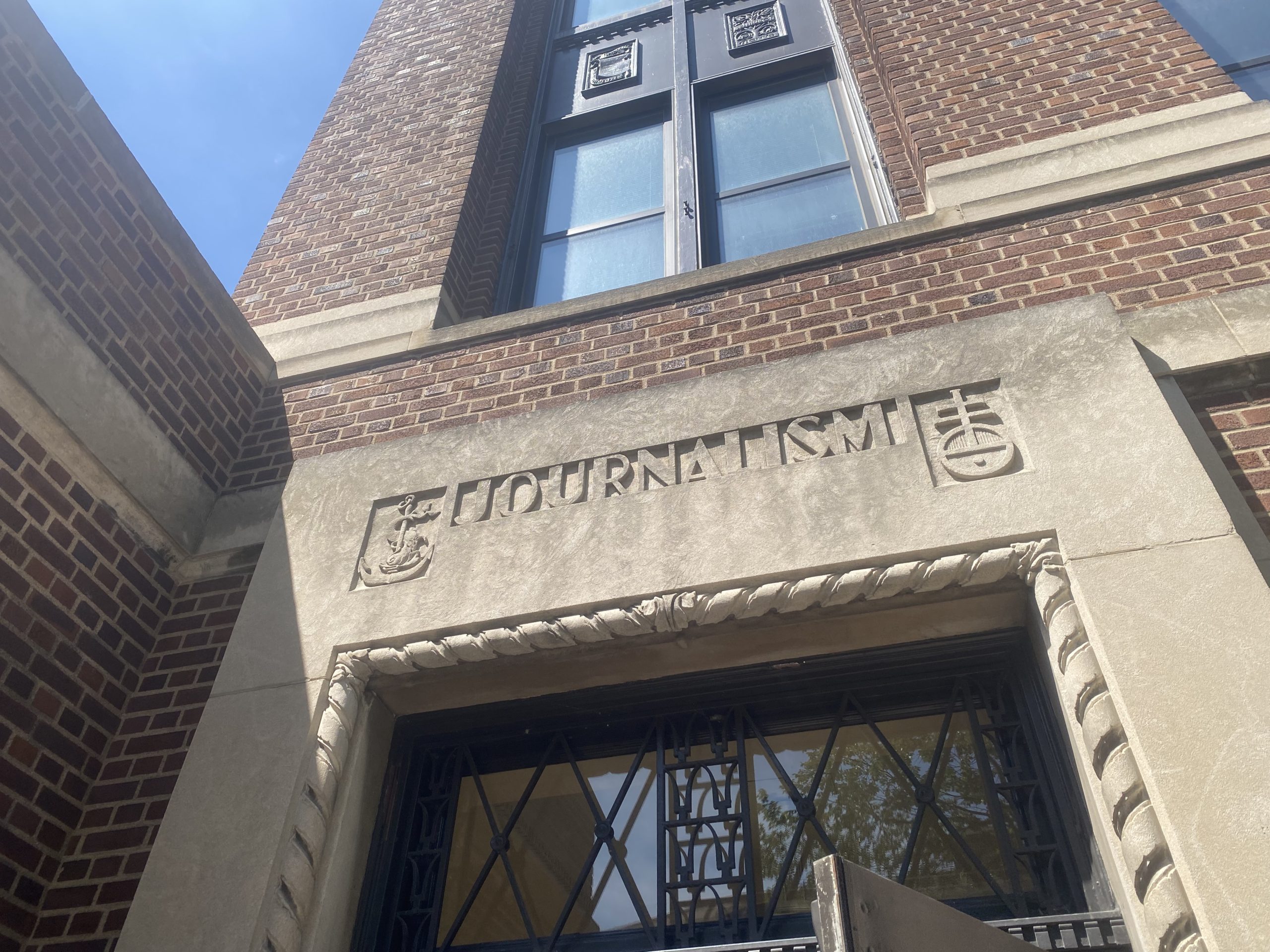
Josiah Devine Johnson
News Editor
There are at least 116,000 known sets of Native peoples’ remains held by museums, and universities—Pacific Lutheran University (PLU) among them.
The story behind PLUs’ acquisition of Indigenous remains goes that biology professor Jens Knudsen had a personal collection of Indigenous cultural belongings—including several sets of human remains. Upon his death in 1994, his wife, unsure of what to do with the remains, donated them to PLU.
PLU has held onto these remains for nearly 30 years. During that time, PLU has made an effort to return the remains back to their people as they have been able to, following the Native American Graves Protection and Repatriation (NAGPRA) recommended practices.
Nearly three decades after receiving the three sets of Indigenous remains, the last set is finally being returned to representatives from the Pima-Maricopa tribe from which they belong. The other two sets have been returned to their respective peoples thanks to the work of PLU faculty such as recently retired professor David Huelsbeck.
Huelsbeck, who worked at PLU from 1989–2022, has been a part of two interactions regarding the return of Indigenous remains between PLU and the appropriate tribes during his tenure. One set of remains was returned to the Puyallup of Washington State, and the other to the MHA Nation or the Three Affiliated Tribes consisting of the Mandan, Hidatsa and Arikara of North Dakota.
Huelsbeck said the set of remains belonging to the MHA Nation “was a cranium and two jaw fragments from two different individuals.”
Huelsbeck does not know what the process looks like when it comes to the collection of the remains. “The remains are ready in a box for them in a room. They [tribal members] went in and did their thing in private and left. It was a very straightforward process.”
Patricia Bixel, the Interim Dean of the College of Humanities, Interdisciplinary Studies and Social Sciences, has been hard at work getting the last of these remains home. Bixel admitted that the process is not easy, stating, “It’s taken a lot of research to find where they go.”
This last set was able to be identified by a dog skeleton that came in the same box and was determined to be a funerary object from the original burial. The dog skeleton acted as a clue and helped determine that the original home of this last set of remains came from southwest United States—more specifically, from the Hohokam tribe. The Hohokam existed between 300 and 1500 A.D. Since then 6 tribes claim ancestral ties to the Hohokam and each reserves the right to claim artifacts and remains. Within these tribes they have agreed that whomever is contacted first about remains have first claim to them.
The Pima-Maricopa Tribe will be the ones to collect this set of human remains as they were the first contacted by PLU. The date the remains are set to be picked up by the Pima-Maricopa Tribe is not yet set but is likely to be later this spring or summer.


















